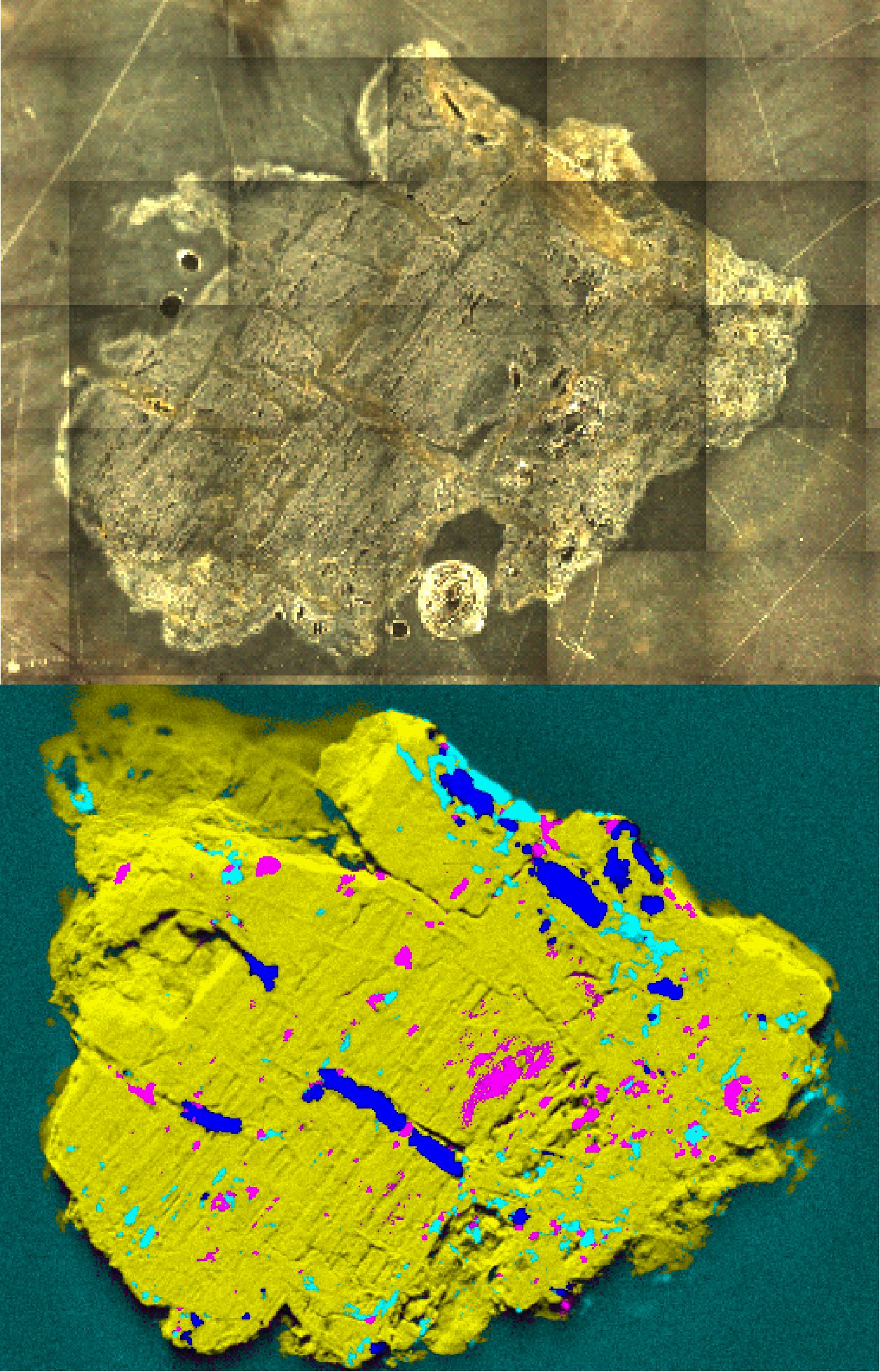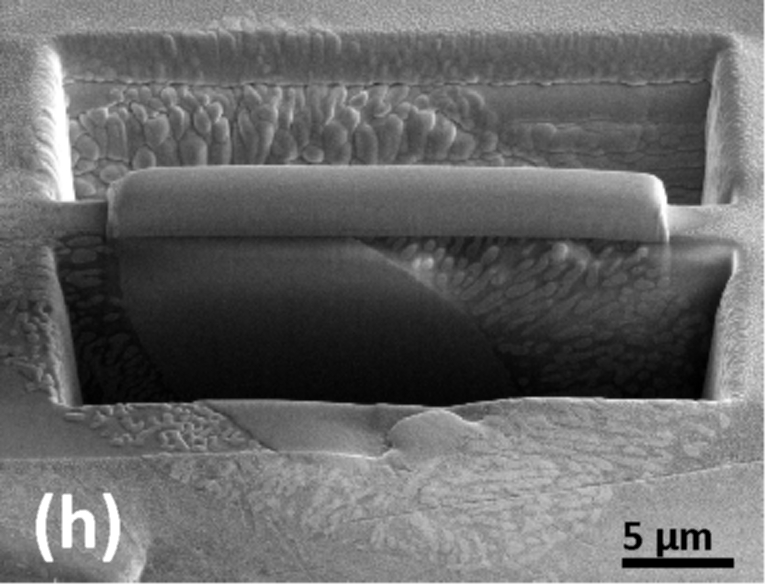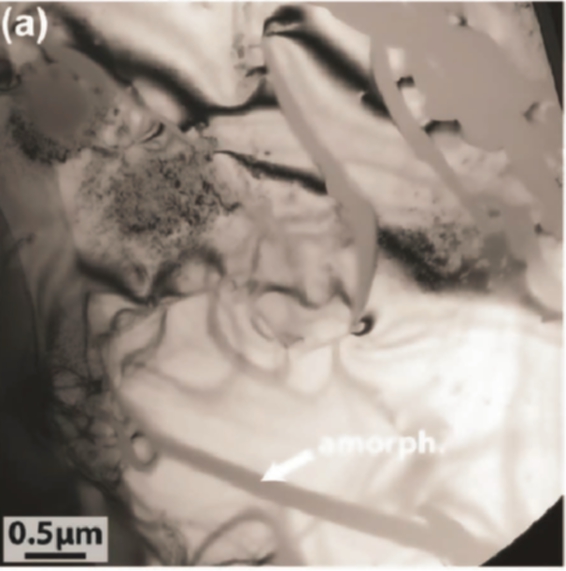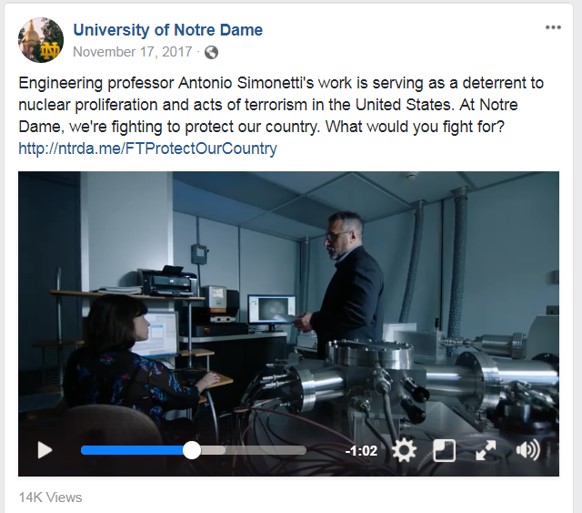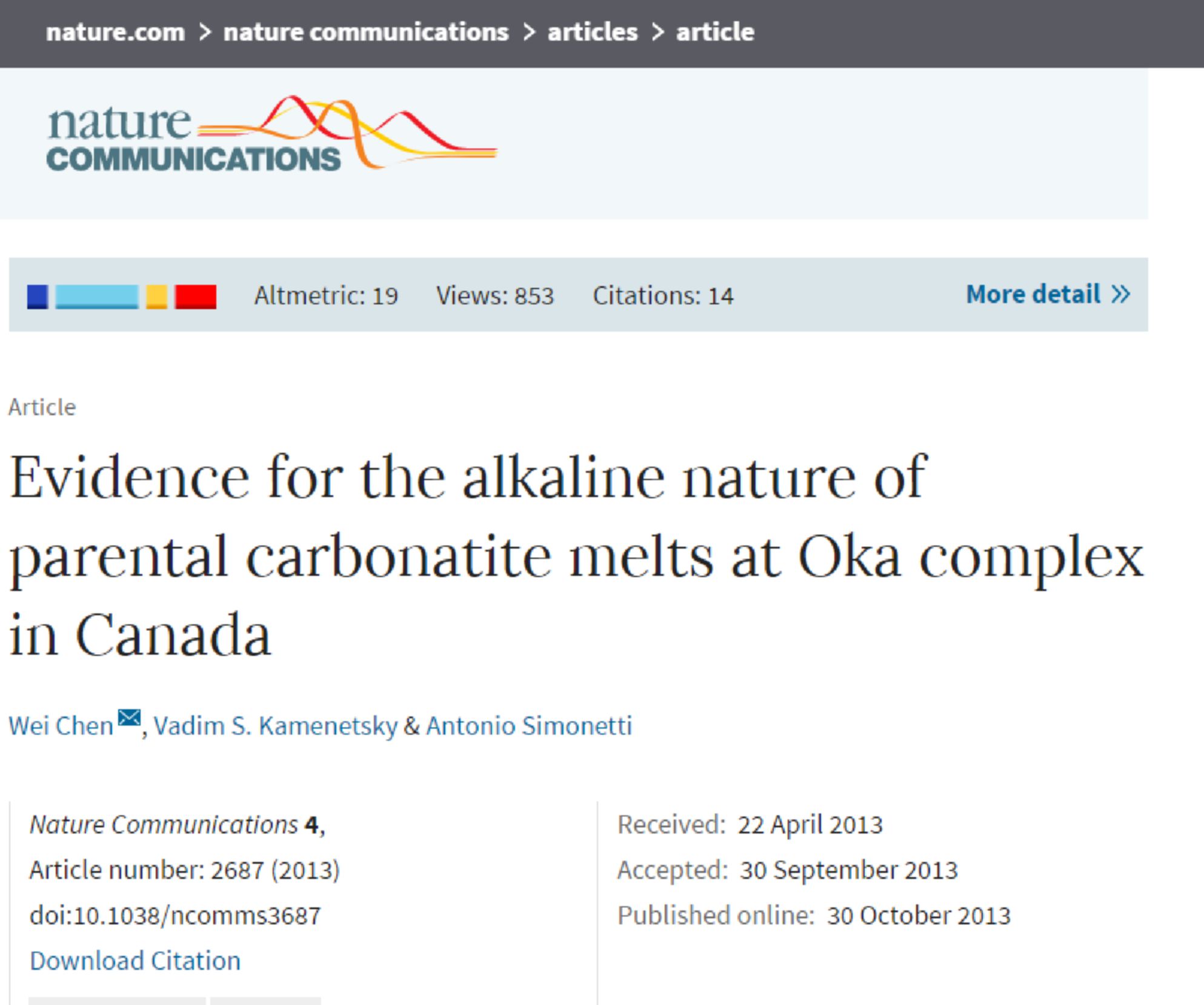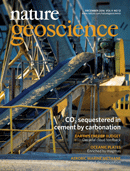High Temperature Isotope Geochemistry LaboratoryAntonio Simonetti
NUCLEAR FORENSICS
The Simonetti group has been conducting nuclear forensics investigations for the past ~7 years (since late 2010), with research being sponsored by the National Nuclear Security Agency and the Department of Homeland Security (Dept. Nuclear Detection Office- Academic Research Initiative). Our previous investigations have focused on examining forensic chemical and isotopic signatures of Trinitite post-detonation materials both in bulk samples and at high spatial resolution, and documenting nuclear-blast induced deformation textures at the nano-scale within quartz and zircon. Our current research focuses on the detailed chemical and isotopic characterization of natural radioactive materials (principally uraninite) and uranium oxide concentrate from worldwide sources. The main goal is to delineate forensic signatures in these materials, which constitute the early stages of the nuclear fuel cycle. The principal scientific goals of our research are to:
(1) Develop and demonstrate superior methods for the analysis of nuclear materials and samples related to nuclear fuel cycles and weapons development
(2) Motivate and train talented scholars toward careers in national security through integrated scientific investigations that will be conducted at both the University of Notre Dame and US national laboratories.
CARBONATITE MAGMATISM
The chemical and isotopic nature of the subcontinental mantle is examined through the isotopic and chemical investigations of alkaline igneous rocks, such as carbonatites, nephelinites, and kimberlites. Carbonatites are igneous rocks consisting of >50% magmatic carbonate minerals, and occur on all continents (including Antarctic) and range in age from Archean to present-day. On the basis of experimental data and compilation of their stable (boron, carbon and oxygen), noble gas (Ne, Xe, Kr, He, Ar), and radiogenic (Nd, Sr, Pb) isotope data, carbonatite melts are clearly derived from Earth's upper mantle. Despite the small number of occurrences worldwide (n=527) compared to their basaltic counterparts, carbonatites continue to receive considerable deserved attention because of their unique enrichment (relative to crustal abundances) in incompatible trace elements, including the rare earth elements (REEs). These elements are of strategic importance in the continually burgeoning fields of superconductors, electronics and computing. Given their unique geochemical signatures derived from upper mantle sources, widespread tectonic and geographic distribution, and emplacement ages that span >3.0 billion years of Earth's history, these features render carbonatites as insightful probes into deciphering the chemical nature, temporal evolution, and metasomatism of Earth's upper mantle. Below, are links to carbonatite-related papers recently published by my former graduate students Wei Chen and Samuel Hulett in Nature Communications and Nature Geoscience, respectively.
